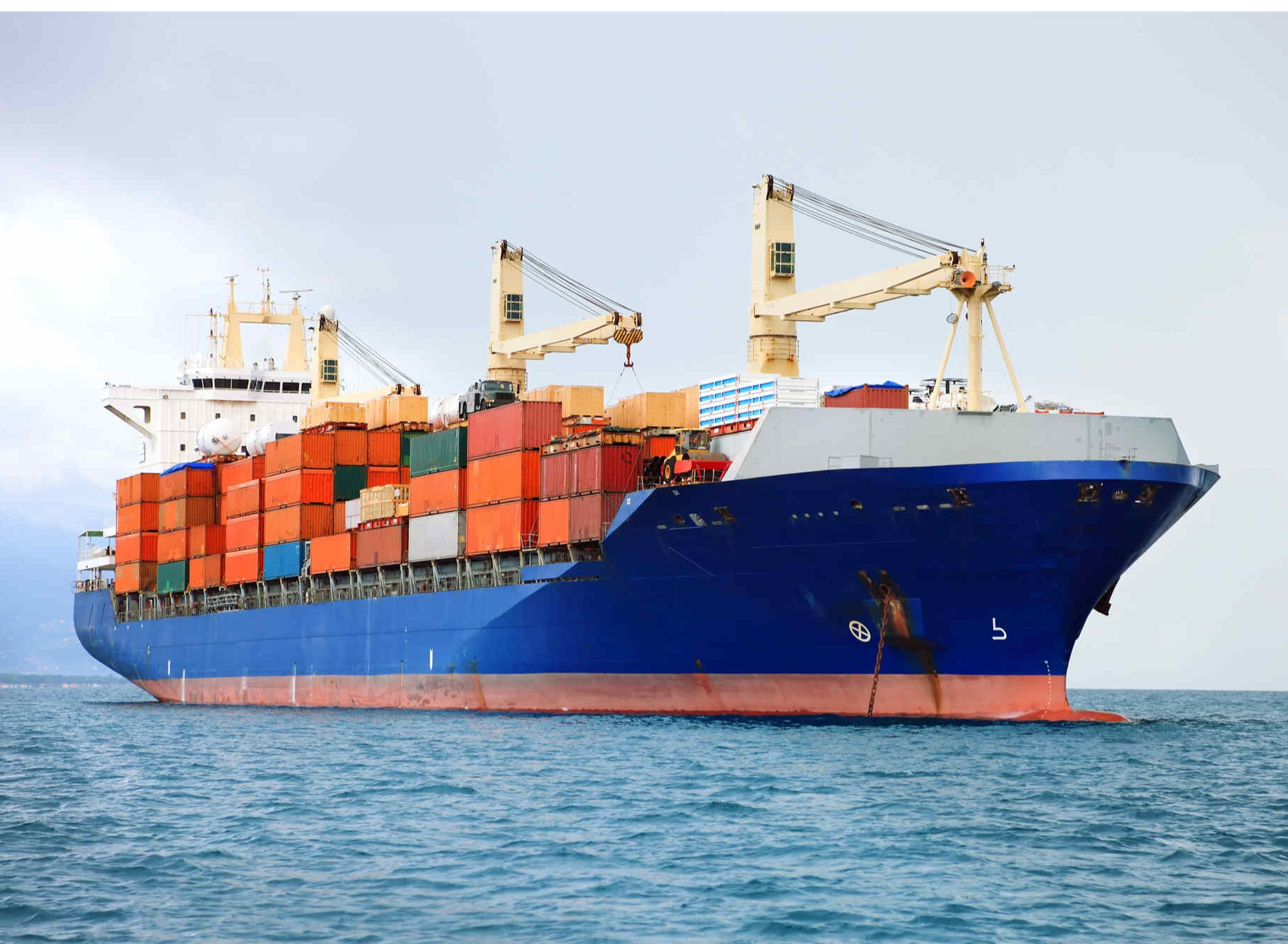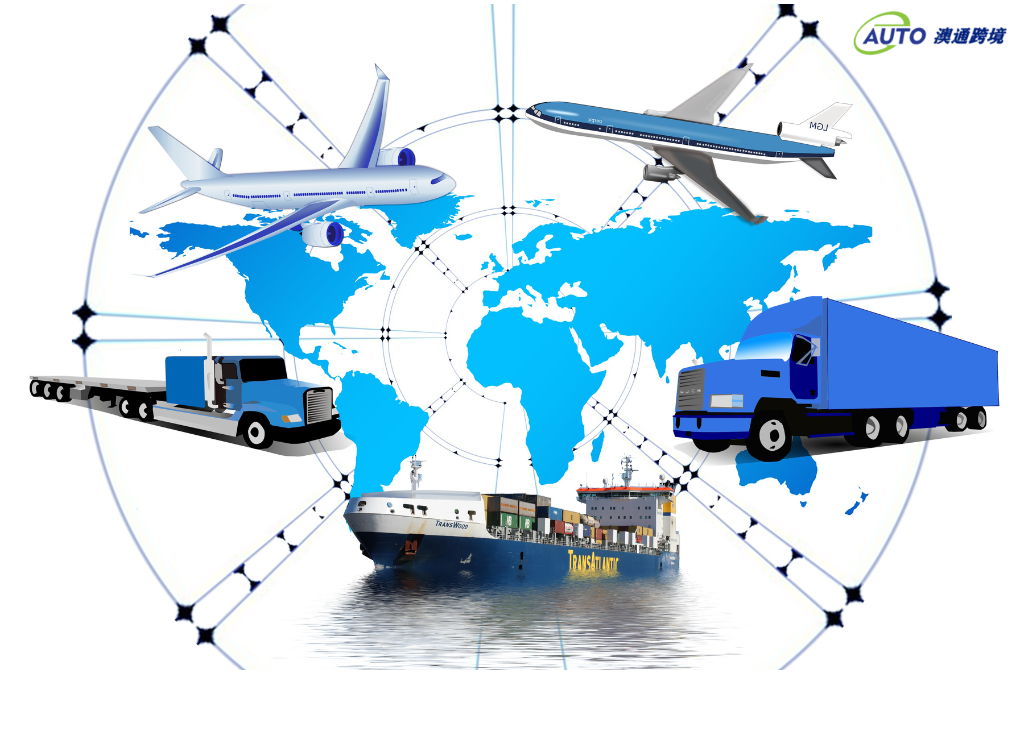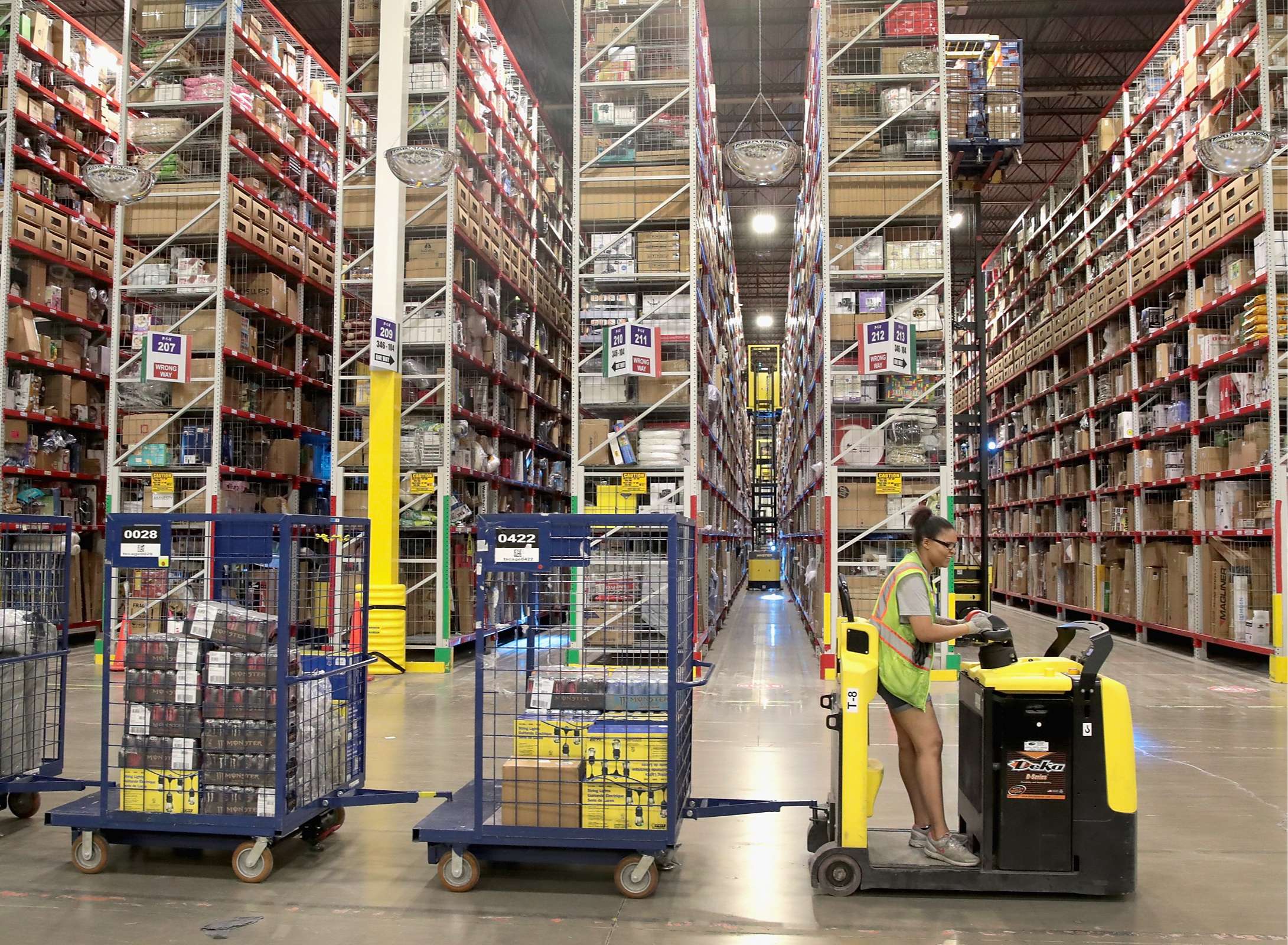FBA LCL Quote
FBA 40HQ FCL Quote
Choosing the right shipping method is crucial for businesses involved in international trade. The decision between Full Container Load (FCL) and Less than Container Load (LCL) can affect both cost and timing.
FCL: Full Container Load
FCL Shipping is ideal for larger shipments where you can fill an entire container. It offers privacy since the container is exclusive to one shipper, reducing the risk of damage and ensuring faster delivery as there are no consolidations or deconsolidations needed.
Pros and Cons
- -FCL Pros: Faster shipping times, less handling of goods, better security.
- - FCL Cons: Can be costlier if not fully utilizing the container space.
LCL: Less than Container Load
LCL is suitable for smaller shipments that do not require a full container. It allows shippers to share container space with others, which can be more cost-effective but might involve longer transit times due to the additional handling of goods.
Pros and Cons
- - LCL Pros: Cost-effective for smaller shipments, flexibility in shipping volumes.
- - LCL Cons: Higher risk of damage from frequent handling, potentially longer delivery times.
FCL vs. LCL: The Shipment Volume
For FCL (Full Container Load) shipments, the volume of goods typically fills an entire shipping container. Standard container sizes are 20-foot and 40-foot containers. The 20-foot container can generally hold about 25-28 cubic meters or approximately 10 pallets, while the 40-foot container can hold about 56-58 cubic meters or about 20 pallets.
Below we list the most common container sizes for FCL shipments, their loading capacity, and the shipment’s gross weight respectively:
● 20GP: 28CBM/18,000 kg
● 40GP: 58CBM/26,000 kg
● 40HQ: 68CBM/26,000 kg
● 45HQ: 86CBM/29,000 kg
(CBM=cubic meters)
Click here Get FCL Shipping Quote: https://globalshippingauto.com/fcl-shipping-from-china
LCL (Less than Container Load) shipments do not fill an entire container and are ideal for smaller volumes of goods. In LCL shipping, you only pay for the space that your cargo occupies within a container, which is shared with goods from other shippers. This flexibility makes LCL a cost-effective choice for shipments that are too small to economically fill a full container but too large or important to delay until more goods accumulate. There's no strict minimum volume, but it generally ranges from 1 cubic meter to 10-15 cubic meters, depending on the logistics provider and specific requirements.
FCL vs. LCL: The Transit Times
FCL (Full Container Load) transit time is typically faster than LCL (Less than Container Load) because the entire container is booked by one shipper, minimizing delays related to freight consolidation and deconsolidation. Since the container is sealed at the origin and only opened at the destination, there are fewer handling stages, reducing the risk of delays and damages during transit. The specific transit time can vary depending on the shipping route, the distance between ports, and carrier schedules, but it generally offers a more direct and quicker shipment process.
LCL (Less than Container Load) transit times are generally longer than FCL (Full Container Load) because LCL shipments involve consolidation and deconsolidation processes. Your cargo is consolidated with other shippers' goods into a single container at the origin and then separated after arrival at the destination. This additional handling can cause delays. The exact transit time will depend on factors such as the number of consolidation points, the efficiency of the consolidation process, and the route taken by the shipping vessel.
FCL vs. LCL: The Cargo Types
Each type of good may require specific handling procedures to ensure safe and efficient transport.
FCL (Full Container Load) has specific requirements for certain goods, particularly those that are fragile, hazardous, or have unique dimensions. These requirements might include:
● Packing and Stowing: Proper packaging and securing of goods within the container to prevent movement or damage during transit.
● Temperature Control: For perishable items, containers might need to be temperature-controlled or refrigerated.
● Hazardous Materials: Compliance with international regulations for the transport of hazardous materials, including proper documentation, labeling, and isolated stowing.
● Oversized or Heavy Goods: Special arrangements for loading, stowing, and securing oversized or overweight items to ensure safety and compliance with shipping regulations.
LCL (Less than Container Load) shipping also has specific requirements for certain types of goods, especially when these goods need special handling or are sensitive in nature. Key considerations include:
● Packaging: Adequate and secure packaging to protect goods from damage during the handling and consolidation process.
● Hazardous Materials: Strict adherence to international regulations for the transportation of hazardous goods, including proper documentation and packaging.
● Fragile Items: Additional protective measures and possibly custom crating to ensure that fragile items remain intact.
● Perishable Goods: Use of temperature-controlled environments or special containers to maintain the integrity of perishable items during transit.
For LCL shipments, the complexity of handling multiple shippers' goods together requires meticulous attention to the packaging and labeling of all items.
Conclusion
Deciding whether Full Container Load (FCL) or Less than Container Load (LCL) is the better shipping option hinges on the specific requirements of the shipment, influenced by factors such as volume of goods, budget, and urgency. Businesses must understand both options thoroughly to strategically plan their logistics, optimizing for cost efficiency and transit times. This entails evaluating trade-offs among cost, delivery speed, and the fragility of the goods being shipped, to ensure that their logistics operations align with their overall business objectives. Choose Auto Shipping as your freight forwarding partner.



